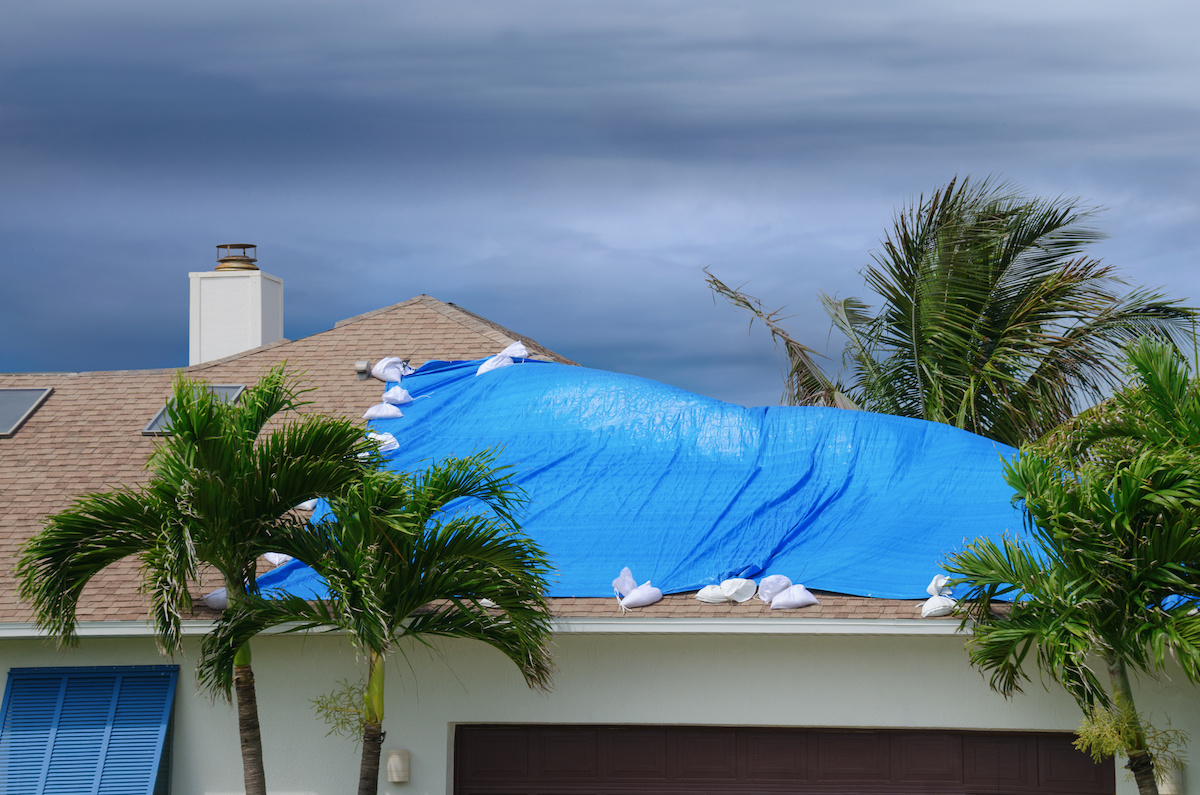Hurricane Beryl’s Impact on Jamaica

Hurricane beryl in jamaica – Hurricane Beryl made landfall in Jamaica on July 5, 2023, as a Category 1 hurricane with winds of 85 mph. The hurricane brought heavy rainfall and flooding to the island, causing widespread damage and displacement.
The areas of Jamaica that were most severely affected by the hurricane were the parishes of St. Thomas, Portland, and St. Mary. In these areas, there was extensive damage to homes, businesses, and infrastructure. Many roads were impassable, and there were widespread power outages.
The hurricane also caused significant damage to the agricultural sector. Many crops were destroyed, and livestock was lost. The economic impact of the hurricane is still being assessed, but it is expected to be significant.
Casualties
As of July 7, 2023, there have been 5 confirmed deaths and 12 injuries as a result of Hurricane Beryl. The majority of the deaths were caused by flooding.
The relentless winds of Hurricane Beryl battered Jamaica, leaving behind a trail of destruction. Amidst the chaos, a beacon of hope emerged in the form of Lauren Boebert , a courageous lawmaker who extended a helping hand to the stricken island.
As the storm raged on, the spirit of resilience shone brightly, proving that even in the darkest of times, humanity can prevail.
Displacement
Hurricane Beryl caused widespread displacement in Jamaica. As of July 7, 2023, there are over 10,000 people who have been displaced from their homes. Many of these people are staying in shelters, while others are staying with friends or family.
The devastating Hurricane Beryl unleashed its fury upon Jamaica, leaving a trail of destruction in its wake. Yet, amidst the chaos, there was a glimmer of hope. Like the resilient spirit of James Wood Baseball , the people of Jamaica found strength in their community and the unwavering support of their neighbors.
As the storm subsided, the spirit of unity that had emerged during those harrowing hours continued to shine brightly, guiding the island towards recovery.
Jamaica’s Response to Hurricane Beryl: Hurricane Beryl In Jamaica
In response to the impending threat of Hurricane Beryl, the Jamaican government and local authorities swiftly implemented a comprehensive emergency response plan to safeguard the well-being of citizens and minimize the impact of the storm.
Prior to the hurricane’s arrival, the government issued timely warnings and evacuation orders for vulnerable coastal areas. Evacuation centers were established in safe locations, providing shelter and essential services to those who needed to leave their homes.
Relief Efforts
During the storm, emergency responders worked tirelessly to assist those affected by Hurricane Beryl. The Jamaican Red Cross and other relief organizations distributed food, water, and medical supplies to affected communities. Search and rescue teams were deployed to locate and assist individuals who were trapped or injured.
Challenges, Hurricane beryl in jamaica
Despite the coordinated efforts of relief organizations, there were challenges in providing aid and support to affected communities. The remote location of some areas made it difficult to deliver supplies, while heavy rains and flooding hampered transportation and communication.
Post-Hurricane Recovery
In the aftermath of Hurricane Beryl, the Jamaican government and local authorities focused on recovery efforts. Damaged infrastructure was repaired, and efforts were made to restore essential services such as electricity and water supply. The government also provided financial assistance and other support to individuals and businesses affected by the storm.
Lessons Learned from Hurricane Beryl

Hurricane Beryl’s impact on Jamaica highlighted the importance of disaster preparedness and response plans. Key lessons learned include the need for improved communication, coordination, and evacuation procedures. These lessons can be used to strengthen Jamaica’s resilience to future hurricanes and other natural disasters.
Improved Communication and Coordination
During Hurricane Beryl, communication between government agencies, emergency responders, and the public was often slow and fragmented. This hindered coordination of relief efforts and led to confusion and uncertainty. To improve communication, Jamaica should establish a clear and reliable system for disseminating information during emergencies.
Enhanced Evacuation Procedures
Hurricane Beryl also exposed weaknesses in Jamaica’s evacuation procedures. Many residents were unaware of evacuation routes or did not have access to transportation to reach safe areas. To enhance evacuation procedures, Jamaica should develop and implement comprehensive evacuation plans that include clear routes, designated shelters, and transportation assistance for vulnerable populations.
Strengthening Infrastructure
Hurricane Beryl caused significant damage to Jamaica’s infrastructure, including roads, bridges, and buildings. To strengthen infrastructure and reduce the impact of future hurricanes, Jamaica should invest in resilient construction techniques and materials. This includes reinforcing buildings, upgrading transportation systems, and improving drainage systems.
Public Education and Awareness
Public education and awareness are crucial for disaster preparedness. To improve preparedness, Jamaica should launch public education campaigns that inform residents about hurricane risks, evacuation procedures, and emergency supplies. This education should be tailored to the specific needs of vulnerable populations, such as the elderly, disabled, and low-income families.